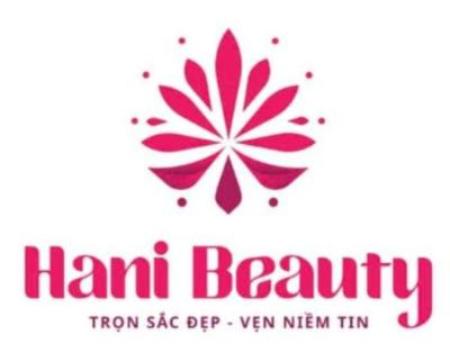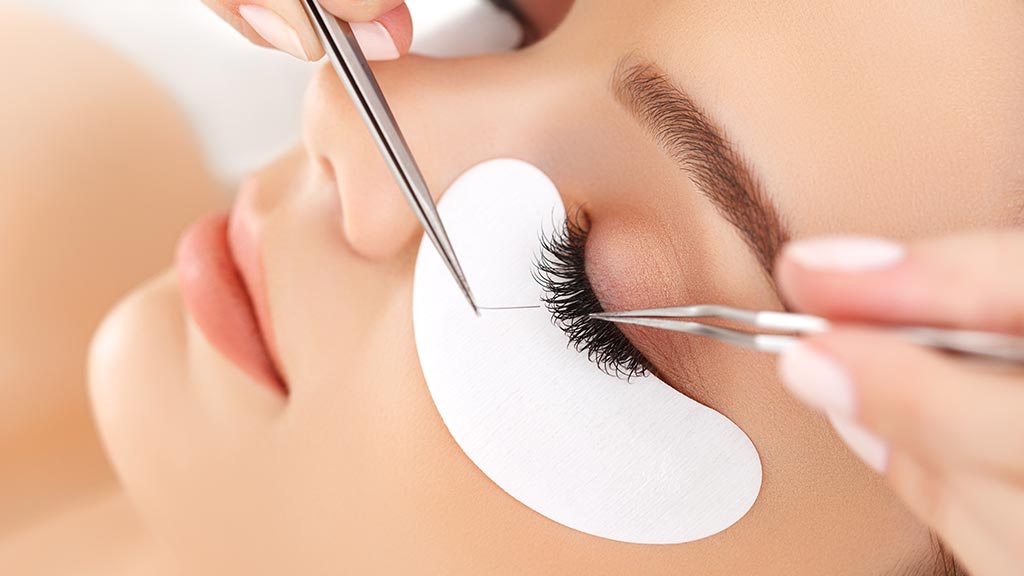Introduction
Eyelash extensions have become a popular beauty enhancement, offering the allure of longer, fuller lashes without the daily application of mascara. However, as with any cosmetic procedure, ensuring safety is paramount. This guide delves into the essential aspects of eyelash extension safety, highlighting best practices, potential risks, and preventive measures to ensure a safe and satisfying experience for both clients and lash artists.
Understanding Eyelash Extensions
Eyelash extensions involve attaching synthetic, silk, or mink fibers to natural lashes using a semi-permanent adhesive. The procedure enhances the length, curl, and volume of natural lashes, typically lasting between two to six weeks, depending on the individual's lash growth cycle and maintenance routine.
Potential Risks Associated with Eyelash Extensions

While eyelash extensions can offer stunning results, it's crucial to be aware of potential risks:
1. Allergic Reactions
Some individuals may experience allergic reactions to the adhesive or lash materials used in extensions. Symptoms can include redness, itching, swelling, and discomfort. Performing a patch test 24-48 hours before the procedure can help identify potential allergies .2. Eye Infections
Infections can occur due to poor hygiene practices during application or inadequate aftercare. Bacterial buildup on the extensions can lead to conditions like conjunctivitis. Ensuring tools are sterilized and educating clients on proper lash cleaning can mitigate this risk .
3. Damage to Natural Lashes

Improper application techniques or using extensions that are too heavy can strain natural lashes, leading to breakage or premature shedding. Over time, this can result in thinning of the natural lash line
4. Chemical Exposure
Some adhesives contain formaldehyde or other harmful chemicals that can cause irritation or more severe reactions. Opting for high-quality, formaldehyde-free adhesives can reduce this risk .
Best Practices for Eyelash Extension Safety
For Lash Artists:

-
Use High-Quality Products: Select adhesives that are hypoallergenic and free from harmful chemicals. Ensure all tools are sterilized before each use .
-
Proper Application Techniques: Avoid placing extensions too close to the eyelid to prevent irritation. Ensure each extension is applied to a single natural lash to avoid clumping .
-
Client Consultation: Discuss any allergies or sensitivities with clients beforehand. Perform patch tests when necessary.
-
Maintain a Clean Workspace: Regularly disinfect surfaces and tools to prevent cross-contamination.
For Clients:

-
Choose a Certified Technician: Ensure your lash artist is licensed and has undergone proper training.
-
Follow Aftercare Instructions: Avoid getting lashes wet for the first 24-48 hours. Refrain from using oil-based products around the eyes and avoid rubbing or pulling on the extensions .
-
Regular Maintenance: Schedule touch-up appointments every 2-4 weeks to maintain the look and health of your extensions
-
Monitor for Adverse Reactions: If you experience redness, swelling, or discomfort, consult with your lash technician or a healthcare professional promptly.
>> Read more: What Makes a Great Eyelash Extension Salon? 5 Must-Have Qualities
Regulatory Considerations

In many regions, eyelash extension services are regulated to ensure consumer safety. For instance, in California, only licensed cosmetologists or estheticians are permitted to apply eyelash extensions. These professionals must adhere to strict sanitation and safety standards .
Conclusion
Eyelash extensions can be a safe and beautiful enhancement when applied correctly and maintained properly. By understanding the potential risks and adhering to best practices, both clients and lash artists can ensure a positive and safe experience. Always prioritize safety over aesthetics, and don't hesitate to consult professionals if any concerns arise.







